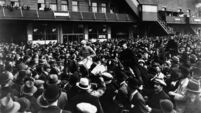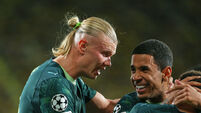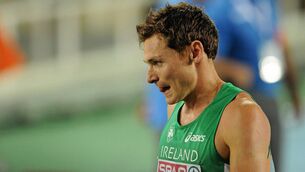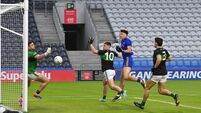GAA too self-congratulatory on progress as children still lack action
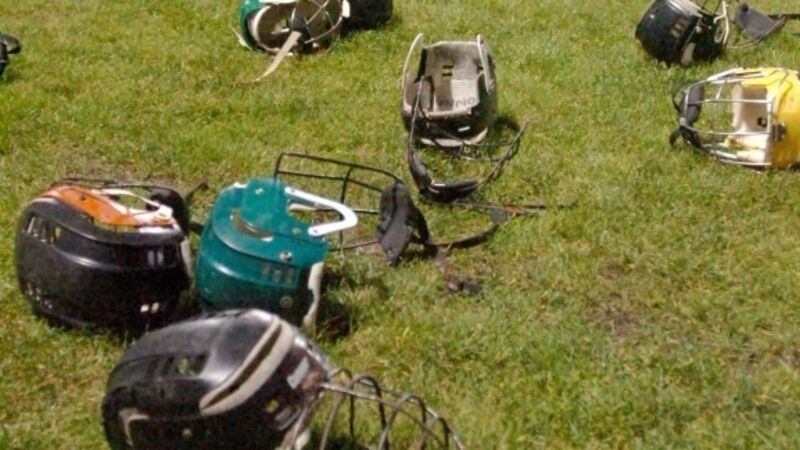
For those of you expecting to read of some major row erupting on the sideline, you’ll be disappointed. There were no pushy parents or mentors; any urgings were only to offer encouragement and positive reinforcement. After every game, the kids lined up to shake hands with the opposing club they just played. The mentors couldn’t have been more exemplary.
Yet from this vantage point, I couldn’t help but think such volunteers should be getting more help from the GAA. That as much as the GAA has progressed in how it rolls out its games at youth level with its Go-Games, it’s been a little too self- congratulatory.
Ten years ago, shortly before my eldest child was born, I studied for a masters in sport psychology in which I completed several assignments concerning children in sport. It was a revalatory process. I learned why there was so much beehive football when I played U8s and U10s. At that age we simply didn’t have the required ‘cognitive readiness’ to stay in position.
Kids of that age were – and are – only mindful and interested in their relationship with the ball, not where they were – and are – in accordance with others. It’s only at about 11 your brain has the capacity to play with, and not just alongside, others.
In , the psychologists Terry Orlick and Cal Botterill interviewed hundreds of kids who had dropped out of sport early.
They asked an eight-year- old why he stopped playing soccer.
“Cause there was already enough guys,” he said.
Another kid who quit baseball: “Most of the time you’re in outfield anyway and you hardly ever catch one. I get too bored.” Is there anything you’d like to see changed?
“Em, maybe make the field smaller and the bases a little shorter.” Last Saturday our club showed up with 16 players. The team’s mentor, whom the kids are hugely fond of, had to inform them because the competition was being run on a 10 v 10 basis, six of them would have to sit out the first half of the first game. My nine-year-old daughter was in goals. In that first-half – a period of seven and a half minutes – the ball did not come her way even once. With the game being virtually all ground hurling, the other goalie had nothing to do either.
I looked around and saw much the same as I did at last year’s U8 blitzes. It was as if the purpose of the exercise was to train the full-back to be a majorette, judging by the number of times she swivelled the hurley around her waist trying to occupy herself standing at the opposite end of the field to where the ball was. Things would improve. Things have improved – so much. When I started out in the GAA, U8, U10 and U12 games were all 15-a- side. We never got together as a group during the week to play and learn the skills; we’d just assemble on a Saturday morning.
Every Wednesday, my daughter and all her friends are coached in the skills of this special game by volunteers who help make the GAA – and our parish – what it is. They play, they jump, they skip. The blitzes are all about participation rather than outcomes. Players are rotated instead of being stuck in the one position the whole time.
Yet last Saturday’s competition was still not child-centred enough. The pitch was 65m long. The only kids able to move freely were the three midfielders – the three backs and three forwards on each team had to stay in the same part of the field. Such regulations are not in accordance with best international practice. The day of the 2014 All-Ireland hurling final replay, Dr Melissa Parker, a leading authority on child physical education, was a guest speaker at the Coaching Ireland forum in Sligo. Her recommendation was that if a boy is in junior infants, he should be playing three-a- side. At senior infants, it should be four-a- side, and so on; the equivalent of U10s should be max seven-a- side. The six kids on the sideline last Saturday could and should have been able to play away. But what about the real expert, the child? I did an Orlick and Botterill and asked my daughter and best friend what they made of the blitz. Overall, my daughter enjoyed it.
“In goal it’s fun trying to block the ball but it’s boring standing there waiting while the ball is down the other side. I wish we could just break free and run around more.” Her best friend, agrees. “Yeah, mids (midfield) is the best. You can run around there. You get to hit the ball there.” Orlick and Botterill’s book came out in 1975. In 2016 should our kids be saying so many of the same things?

